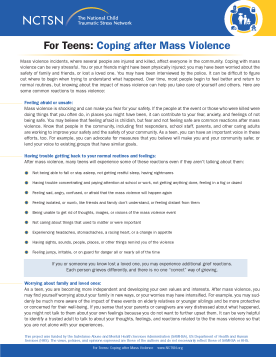
For Teens: Coping After Mass Violence
Offers information for teens about common reactions to mass violence, as well as tips for taking care of themselves and connecting with others.
The following resources on child trauma were developed by the NCTSN. To find a specific topic or resource, enter keywords in the search box, or filter by resource type, trauma type, language, or audience.

Offers information for teens about common reactions to mass violence, as well as tips for taking care of themselves and connecting with others.
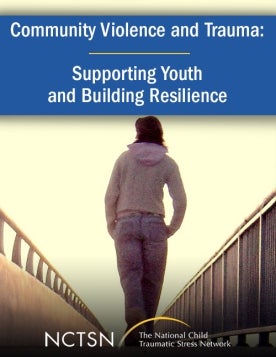
Addresses community violence in the lives of youth.
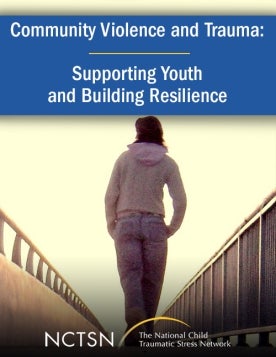
Discusses research findings and real-life experiences to better understand how gang involvement affects young people’s emotional and psychological well-being.
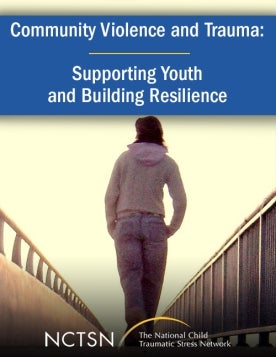
Provides expertise on the impact of violence on youth. This webinar presents best practices for prevention and trauma intervention for youth impacted by community violence and trauma.
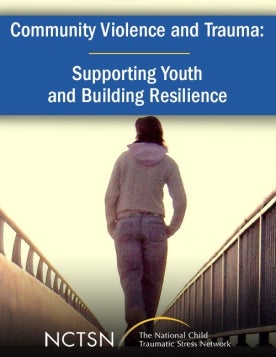
Explores both the historical and current causes for disproportionality.
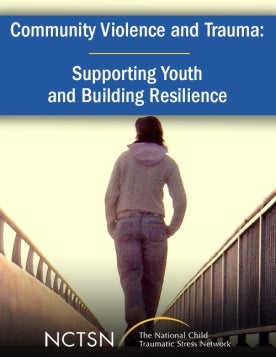
Offers information on refugee youth and their families.
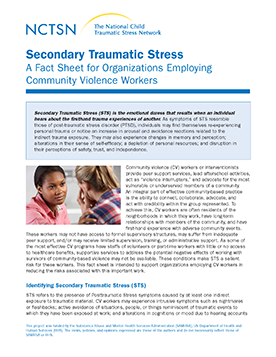
Provides community violence workers with information about secondary traumatic stress (STS).
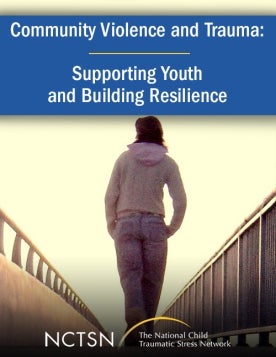
Discusses the processes leading maltreated youth to become involved in the juvenile justice system.

Discusses the key causes, major consequences, and professional responses related to community violence and its traumatic stress-related impacts on youth.
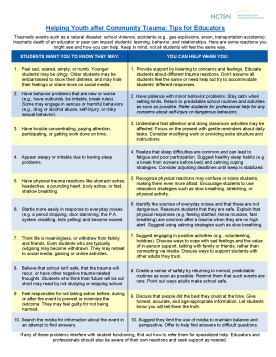
Lists common reactions educators might see in the students with whom they work and suggestions on how they may help after community trauma.

Helps youth recognize that community violence does not have to dominate their lives if they understand their reactions to it, understand how to keep themselves safe, and understand how to make positive choices in dangerous times.
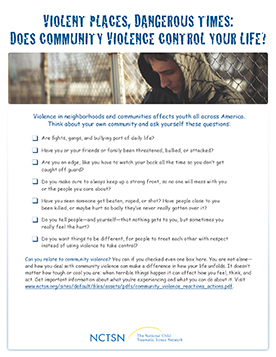
Gives questions for youth to answer to determine if they have experienced community violence.